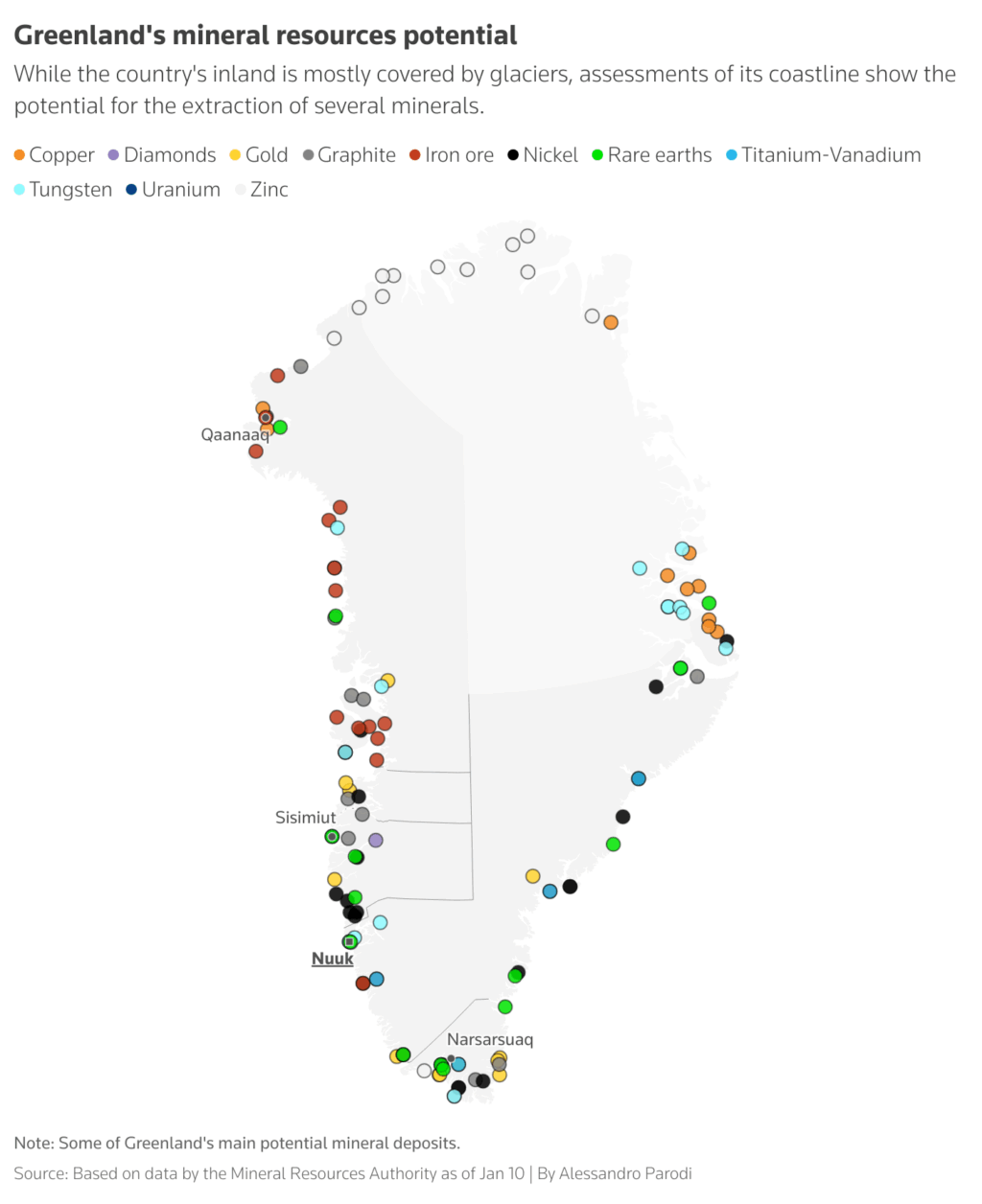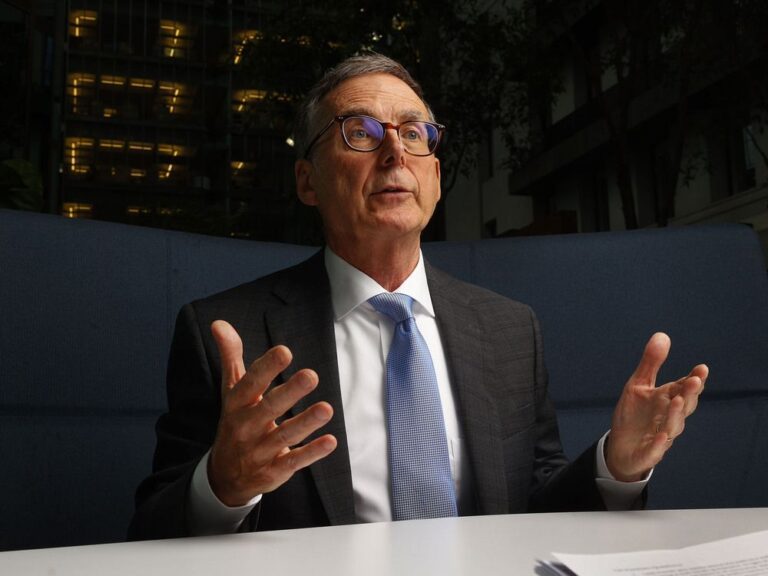
Introduction
Greenland Minerals has emerged as a focal point in the discussion of sustainable resources and investment opportunities. As the demand for critical minerals escalates in the face of evolving technologies and energy transitions, the role of Greenland’s mineral reserves becomes increasingly vital. With deposit sites rich in rare earth elements, Greenland is poised to become a significant player in the global market, attracting international attention from investors and policymakers alike.
Key Developments and Facts
Recent reports indicate that Greenland holds some of the world’s most extensive deposits of rare earth elements, which are crucial for sectors like electronics, renewable energy, and electric vehicles. A notable project is the Kvanefjeld Rare Earth Project, spearheaded by Greenland Minerals Ltd. This project is estimated to contain vast quantities of neodymium and praseodymium, both essential for the production of powerful and efficient permanent magnets.
Growth opportunities in Greenland’s minerals sector are intensifying, particularly due to the global push towards reducing carbon emissions. A recent study by the International Energy Agency (IEA) underscores that the demand for rare earth elements could increase by over 500% by 2040 if current trends in clean energy technologies continue. As countries strive to achieve net-zero goals, securing a reliable supply of these critical materials will be paramount.
Moreover, Greenland’s government has been receptive to foreign investment, enacting regulations designed to attract international mining companies while ensuring environmentally sustainable practices. This strategic approach seeks to balance economic development with the preservation of Greenland’s pristine environment.
Conclusion
The importance of Greenland Minerals on the global stage cannot be overstated. As the world pivots towards a greener future, the strategic extraction of rare earth minerals from Greenland will play a crucial role in enabling sustainable technologies. For investors, this represents a lucrative opportunity, but it also comes with challenges related to local governance, environmental considerations, and geopolitical dynamics.
In conclusion, as the investments in Greenland Minerals continue to grow, it is essential for stakeholders to engage in responsible mining practices that benefit both the economy and the environment. The future of Greenland as a mineral producer will depend on how effectively it can navigate these complexities, ultimately contributing to both local prosperity and global sustainability efforts.




